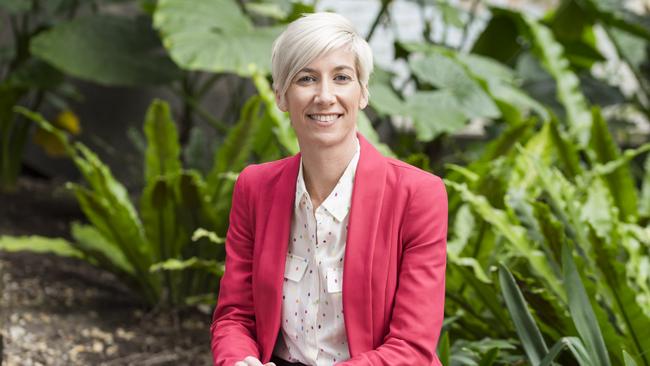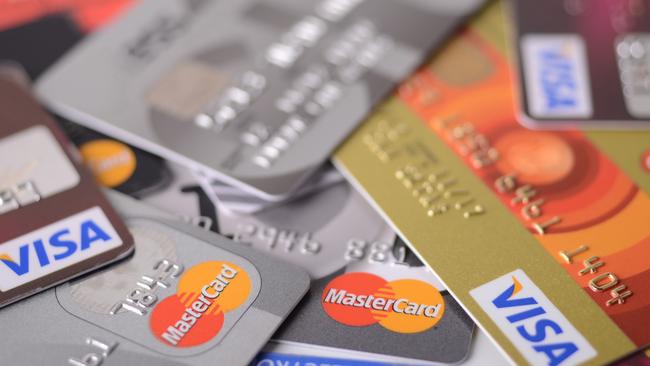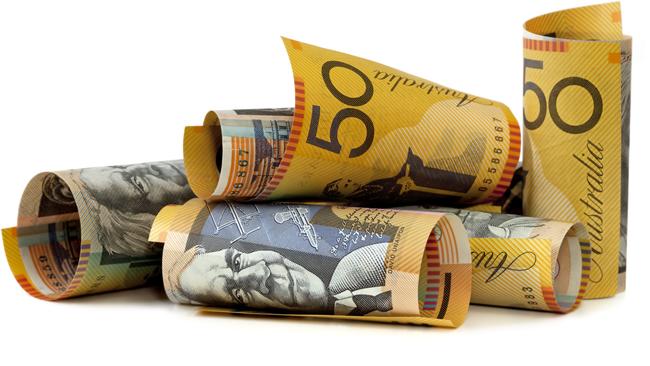customers urged to review their financial products to save in the wake of the Banking Royal Commission
BANKS have come under fire in the royal commission for gouging unsuspecting customers but now is the best time to bite back and save. Here’s how.
Saver HQ
Don't miss out on the headlines from Saver HQ. Followed categories will be added to My News.
THEY SAY don’t get mad, get even.
And when it comes to the big bank’s rorting of unsuspecting customers — exposed by the financial services Royal Commission — the time is now.
Rather than despair at disgraceful antics of the nation’s biggest institutions, cash-strapped consumers should take action ... which benefits them.
Savvy switchers are in a prime position to score themselves rock-bottom deals, which offer thousands of dollars in savings, as competition in the banking industry becomes hotter than ever before.
Across all products from home loans to credit cards to savings account there’s big differences between the best and worst deals.
Here’s some of the savviest deals you can score by either demanding a better deal from your existing bank or ditching and switching to a new financial institution.
MORTGAGES
For the average $300,000, 30-year owner occupied home loan borrowers can get interest rates as low as 3.39 per cent.
Any borrower living in their own home is paying above four per cent needs to take urgent action, financial comparison website Mozo’s spokeswoman Kirsty Lamont said.
“The magic number number to compare your rate to is 3.7 per cent, if you are paying more than that then it’s really time to get yourself a better deal,” she said.
HOME LOANS: Borrowers forced to come up with another $7000

“One in two lenders in the Mozo database are offering rates below 3.7 per cent.”
Investor loan rates are often higher than owner occupied rates but there are still many deals sitting under four per cent.
CREDIT CARDS
The average credit card debt in Australia is about $4400 and customers who are unable to pay off their debts in full each month are usually being slugged exorbitant interest costs.
Mozo’s database shows the cheapest card rates on the market are 8.99 per cent with no annual fees attached.
But many plastic charges do sting — the average credit card interest rate is 17 per cent and some annual fees can be up to $749.
REVEALED: Tax Office to target share economy

But Customer Owned Banking Association’s chief executive officer Michael Lawrence warned consumers “it’s not always about the rates.”
“For customers not paying off their cards, they need to go into their bank and have a conversation, it raises a lot of questions about how they are managing their affairs,’’ he said.
Customers who cannot pay off their debt each month need to look for a low-rate card, while those who do pay it off in full may be looking for a card with decent rewards points.
But be careful, rewards points gains can often be sucked away by exorbitant annual fees.
PERSONAL LOANS
Competition in the personal loan space is rife with a growing number of peer-to-peer lenders — lending through individuals or businesses — flocking to the market and putting heat on banks offering unsecured personal loan deals.
For an unsecured three-year $10,000 personal loan some rates can as low as 6.99 per cent, while the average rate is almost double this and as high as 16 per cent.
The difference in repayments can be $43 per month.
SAVINGS ACCOUNTS
Unaware customers could be getting pitiful returns on their cash in the bank — some deals have interest rates at a measly 0.05 per cent.

On a $10,000 balance held in an “at-call” savings account this would deliver just $5 in interest for the year, but on the highest rate of up to 3 per cent a customers can make an additional $300.
Customers need to frequently review these rates — often many “at-call” savings accounts come with terms and conditions including minimum amounts being deposited each month and no withdrawals being made.
SAVINGS: How much money you need to have as an emergency
TERM DEPOSITS
Locking in your fixed rate can leave customers caught out if rates do rise.
On $25,000 cash savings it can come at a cost if you don’t hunt around for a decent rate.
The highest one-year fixed rate is 2.45 per cent, while the highest three-year rate is 3 per cent.
On a three-year fixed term the different in interest repayments between the lowest three-year rate of 1.5 per cent and highest rate of 3 per cent can be a massive $1125 in interest returns.
sophie.elsworth@news.com.au
HOW TO GET BETTER BANK DEALS
1. Pull out all your banking statements or view them online.
2. Check the fees and charges you are paying.
3. Use online financial comparison sites to see what other deals are available.
4. Contact your bank and demand better deals, give examples of other offers.
5. Your bank should be able to offer better deals otherwise tell them you are leaving.
Originally published as customers urged to review their financial products to save in the wake of the Banking Royal Commission



